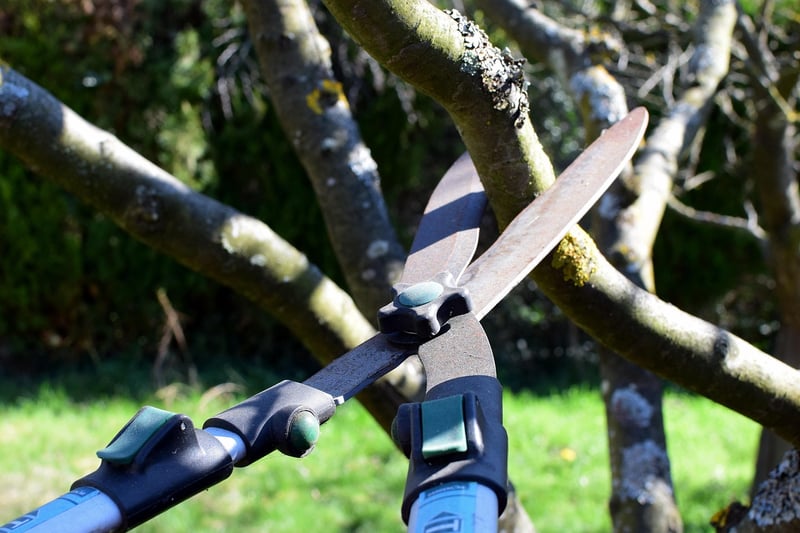Pruning Tips
Maintaining Healthy Plants: Essential Pruning Tips
Proper pruning plays a crucial role in keeping your plants healthy and vibrant. Whether you are an experienced gardener or a beginner, understanding the basics of pruning is essential for promoting growth and maintaining the overall well-being of your green friends.
Why Pruning is Important
Pruning helps plants thrive by removing dead or diseased branches, shaping the plant for better growth, and increasing air circulation. It also encourages the development of flowers and fruits, making your plants more attractive and productive.
Essential Pruning Tips
- Use the Right Tools: Ensure your pruning shears are sharp and clean to make precise cuts without damaging the plant.
- Identify Branches to Prune: Look for dead, damaged, or diseased branches to remove first. Also, consider cutting back overgrown branches to maintain the plant's shape.
- Prune at the Right Time: Different plants require pruning at specific times of the year. Research the optimal pruning season for each type of plant in your garden.
- Prune Strategically: Cut at a 45-degree angle just above a bud to encourage healthy growth. Avoid leaving stubs as they can invite diseases.
- Monitor Growth: Regularly check your plants for any signs of overgrowth or disease. Prune as needed to keep them in top condition.
Benefits of Regular Pruning
Regular pruning not only improves the appearance of your plants but also enhances their overall health. By removing dead or crowded branches, you allow the plant to allocate resources more efficiently, leading to stronger and more vigorous growth.
Conclusion
Pruning is a fundamental aspect of plant care that should not be overlooked. By following these essential pruning tips and incorporating regular pruning into your gardening routine, you can ensure that your plants remain healthy, beautiful, and productive year-round.

Remember, a well-pruned plant is a happy plant!
For more gardening tips and tricks, check out our gardening website.
